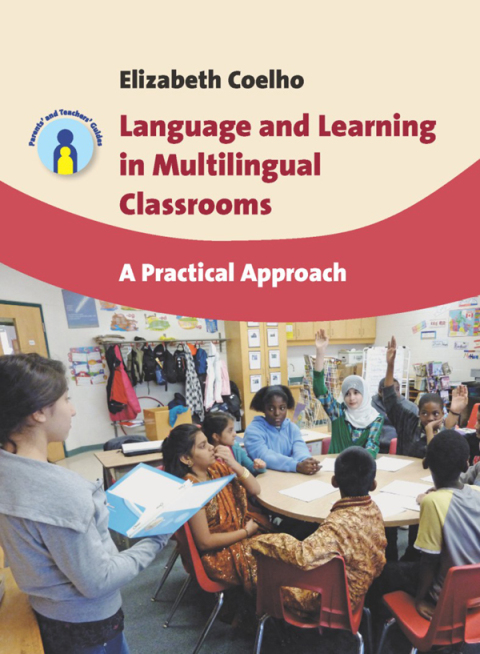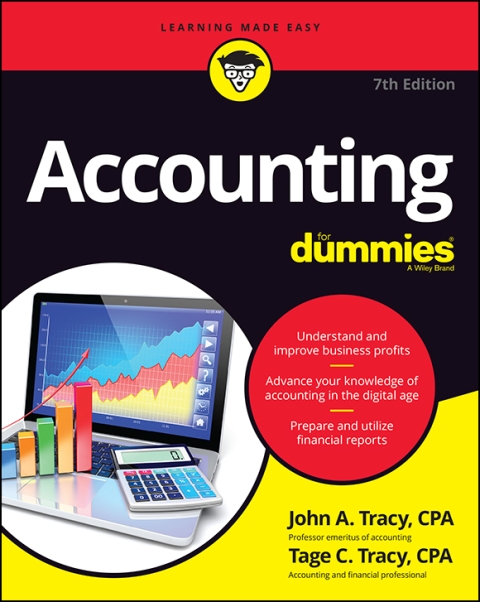Description
Efnisyfirlit
- Coverpage
- Titlepage
- Copyright
- Contents
- Acknowledgements
- Introduction
- Section 1: Getting Started
- 1. The New Arrival
- • Introduction
- • Who Are The New Immigrants?
- • Why Do They Come?
- • How Do They Come?
- • The Immigrant Experience
- • Learning a New Language at and for School
- • Academic Performance
- • Conclusion
- • Sources and Resources
- 2. First Days and Beyond
- • Introduction
- • First Impressions
- • Initial Assessment
- • Getting Started: Orientation to the School
- • Supplementary Programmes and Services
- • Developing Good Relationships with Parents and Community
- • Conclusion
- • Sources and Resources
- Section 2: Planning: A Whole-School Approach
- 3. Linguistic and Academic Support for Newcomers and Language Learners
- • Introduction
- • The Challenge of Learning a New Language for School
- • Teaching the Language of Instruction
- • Filling the Gaps: Literacy Development and Academic Support for Under-Schooled Newcomers
- • Community Languages
- • Third and Fourth Languages
- • Conclusion
- • Sources and Resources
- 4. Differentiated Instruction and Assessment for Newcomers and Language Learners
- • Introduction
- • A Continuum of Language Learning
- • Scaffolding in the Quadrants: A Framework for Instruction and Assessment
- • Assessment and Evaluation with Second Language Learners
- • In Summary
- • Sources and Resources
- 5. Planning Ahead
- • Introduction
- • Academic Performance of Immigrant Children and Language Learners
- • What Does It All Mean? Key Policy Implications
- • An Action Plan for Schools and School Districts
- • Conclusion
- • Sources and Resources
- Section 3: In the Classroom
- 6. An Inclusive Learning Environment
- • Introduction
- • Welcome to the Class!
- • Intercultural Projects
- • Diversity in the Curriculum
- • Teaching to Reach Every Student
- • Conclusion
- • Sources and Resources
- 7. Making Space for Community Languages
- • Introduction
- • Linguistic Diversity as an Asset
- • A Multilingual School Environment
- • A Multilingual Classroom Environment
- • Conclusion
- • Sources and Resources
- 8. Oral Language in Every Classroom
- • Introduction
- • The Importance of Oral Interaction in Every Classroom
- • Scaffolding for Comprehension
- • Scaffolding for Production
- • Scaffolding for Interaction
- • Conclusion
- • Sources and Resources
- 9. Reading and Writing in Every Classroom
- • Introduction
- • A Scaffolding Approach to Literacy Instruction
- • For Young Children and Beginners
- • Intensive Reading: Helping Students with Challenging Text
- • Writing Scaffolds: Helping Students to Produce Written Text
- • Conclusion
- • Sources and Resources
- 10. Vocabulary Instruction in Every Classroom
- • Introduction
- • The Challenge: So Many Words!
- • Practical Approaches to Vocabulary Development
- • Assessment of Vocabulary Development
- • In Summary
- • Sources and Resources
- Afterword
- Index







